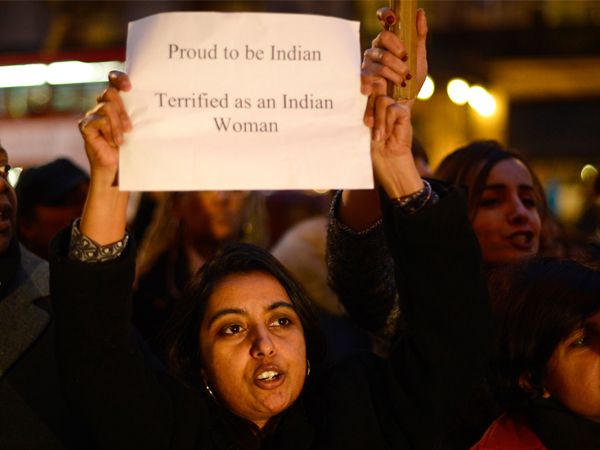
We women are told not to step out of the house after dark. Some say it is for our safety. Some people think it is how girls from ‘decent households’ should behave. We even saw Nirbhaya’s rapist say that on record in a BBC documentary, where they decided to ‘teach her a lesson’ because she was out of home after dark. What do these same ‘well-wishers’ and hate mongers have to say about women being forced to leave their homes each night to defecate in the open because they have no toilets in their homes?
On the morning of March 10, an 18-year-old woman was found brutally murdered in the country’s capital, New Delhi. Apparently she had gone to defecate in the fields near her home at Shabad Dairy area in northwest Delhi when the attack happened. The woman’s throat had been slit and the body was semi-nude indicating a sexual assault.
While many of us have grown gradually immune to the daily news diet of rapes, sexual assaults and murders, this one news is appalling for the fact that this woman who was forced to defecate in the open happened to be living in a sprawling metro city. Not a village from the back of the beyond. She had to risk her life because there was no toilet in her home, and she paid a heavy price for it. It once again brings home the grim reality of urban open defecation, something that many people are not aware of.
Over 37 million people in Indian cities recourse to open defecation (OD) each day, says the latest census. And the worst is that not a single state is free of OD in the country. On one hand, open defecation in urban areas is still lesser than in rural areas. But on the other hand, the highly congested neighbourhoods, population density and lack of safe open spaces pose serious safety risks for women and very little dignity.
This problem may seem distant from our everyday lives. After all, nobody we know or our acquaintances face this problem. But indirectly it affects us too. Eliminating open defecation in cities vastly reduces the risk of spread in diseases and this one comes straight from the school text books. More importantly, open defecation should also be a part of a country-wide movement to improve safety for women. If the government thinks the only way they can protect women is by suggesting that they stay at home after dark, they better provide the necessary infrastructure for it.
Actually, in this case, the government has been using their allocated funds under sanitation program for the past decade or so, to build toilets in every household, but this is primarily in rural areas. For the urban areas, they have come up with a solution of community toilets. However, the drive to build toilets has been approached like the way we approach our annual or mid-term targets in the last minute – “We just need to finish our targets, never mind smart thinking.”
The average sanitation official is a man with a mission – build a toilet, jot it in your register and quickly move on to the next household. He has a target number of toilets to attain each month. There is no checking and inspection to see whether the toilet has been built keeping certain ergonomics in mind, or to see whether there is water supply available.
A majority of the toilets that have been built under this program – whether it be private toilets per household in rural areas or the community toilets in urban slums – lack water supply. Worse, the community toilets are badly maintained in urban areas.
There are other weird problems associated with it, like people of several hundred households moving back to defecating in the open because the toilet was thoughtlessly built right next to the well in the courtyard, the source of their drinking water supply. They cannot afford to contaminate it, so back they go to the fields to attend their nature calls.
Image Courtesy: Reuters
More on>> Balancing Act




